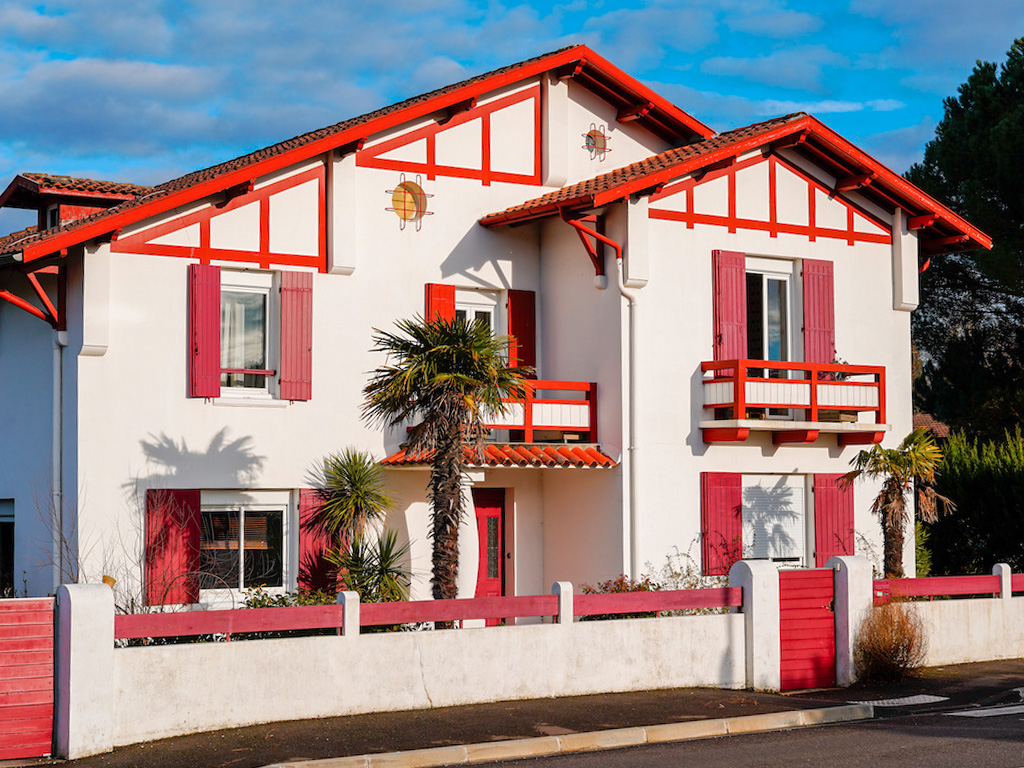
Like most French regions, the Basque Country has architectural constructions specific to its territory. Amongst this cultural heritage, we find typical houses (called Etxe in the region) which are very different from other real estate constructions found in France
L'Etxe, the typical Basque house
Called Etxe in Basque, the Basque house (or Basque farmhouse) is a dwelling that was mainly developed in the Basque Country. Initially, this characteristic building was not simply a place to live, unlike the other main houses of regional inspiration in France. It was the cornerstone of the social, cultural, political, religious and symbolic organisation of Basque society. The life of the inhabitants, who took the name of their house, was organised around the Etxe, which was handed down from generation to generation to one of the children in the family.
What are the main characteristics of the Basque house?
Architecturally, the Etxe takes different forms depending on the geographical area. However, it is the Labourdine Basque house (originating from the Labourd region) which is the best known today, and which is often used as a reference for the traditional Basque house. This house, which appeared in the 16th century in its modern form, has whitewashed walls, an asymmetrical tiled roof and red half-timbering (at the time, ox blood was applied to the wood to scare off insects). Today, the half-timbering can be painted in a wide range of colours.
Two other typical houses of the French Basque country are now the delight of lovers of authentic properties:
- The "Bas-Navarraise" house: relatively similar to the Labourd house, has a pink and red sandstone façade and a sculpted lintel on the entrance door
- The Souletine house, rectangular in shape, has a slate roof and thick stone walls.
Would you like to buy a typical Basque house that has been completely renovated? Michaël Zingraf Real Estate offers you exceptional typical properties in the most famous towns of the Basque Country.



